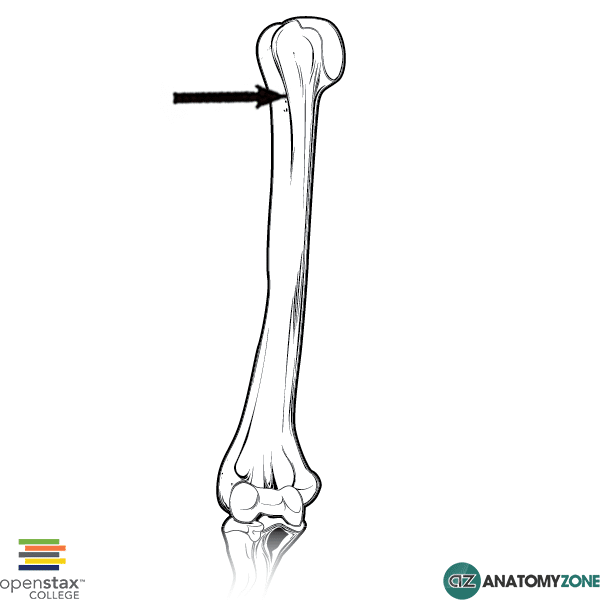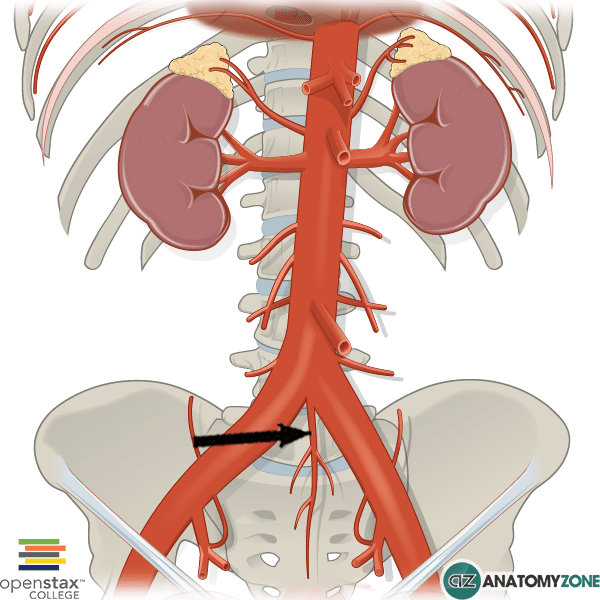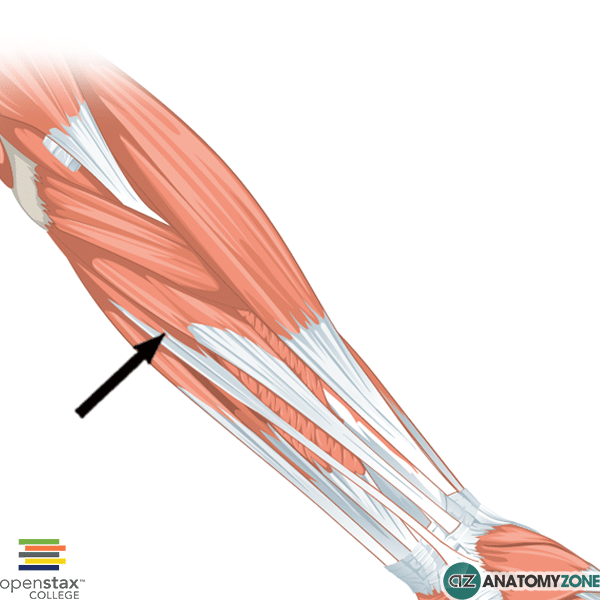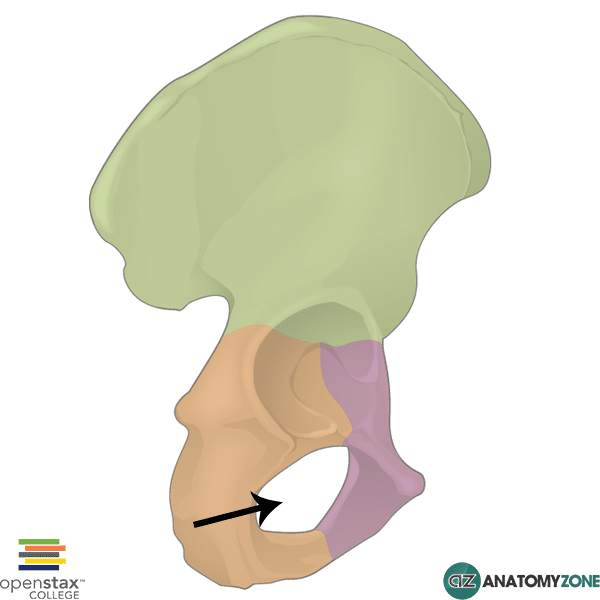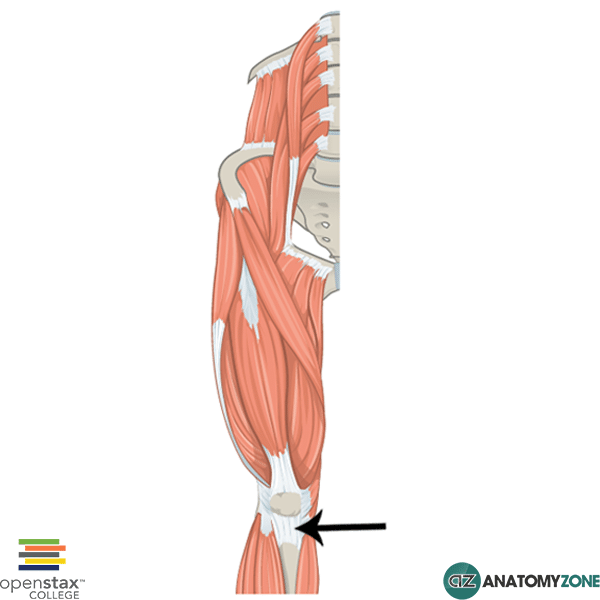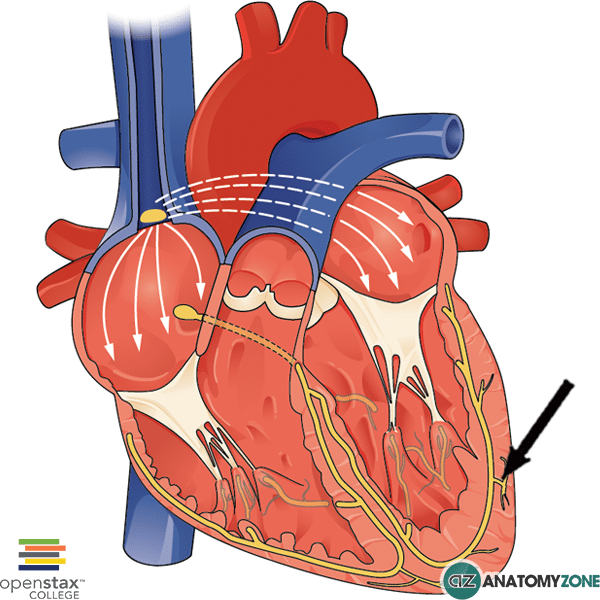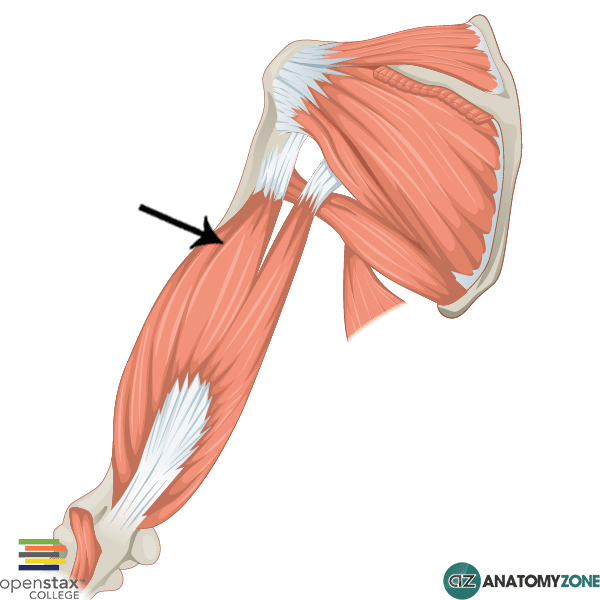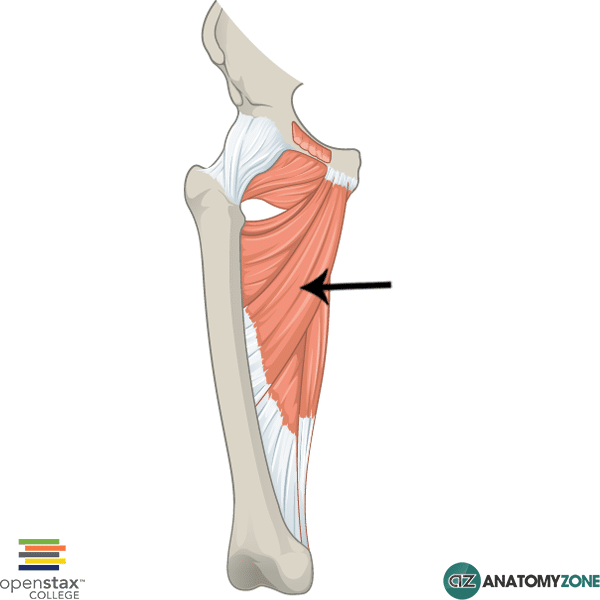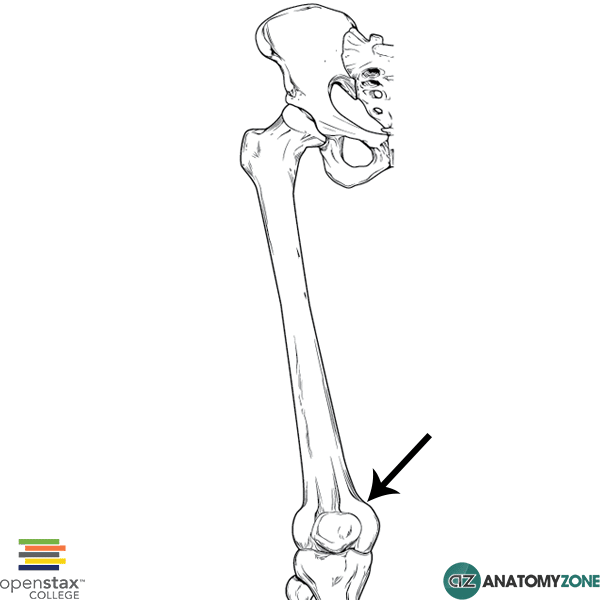The venous drainage of the lower limb consists of a superficial and a deep system. The superficial system is located in the subcutaneous tissue, whereas the deep system is located in the deep fascia of the lower limb. The veins of the deep system accompany the vessels of the arterial system, and they follow a similar naming structure. So if you have a good grasp of the arterial system you’ll be familiar with the names of the deep system of the lower limb. Ultimately, the veins of the superficial system drain to the veins of the deep venous system.
We’ll begin this tutorial by looking at the deep system of veins, and we’ll start distally. Beginning in the foot what we’re looking at here is an anterior view of the foot, and we can see both the venous system and arterial system included on this model. In light blue you can see the vein which accompanies the arcuate artery, and this drains into the vein which accompanies the dorsalis pedis artery, which you can see in green. These deep veins of the foot then drain into the anterior tibial veins, which you can see in the purple colour.
If I rotate the model so we can look at the plantar surface of the foot, you can see that there’s these veins accompanying the deep plantar arterial arch, so this is the deep plantar venous arch, and just like the arterial system, with the medial and lateral plantar arteries, we’ve also got medial and lateral plantar veins. In green we’ve got the lateral plantar vein, and in the light blue colour we’ve got the plantar plantar veins, accompanying the medial plantar artery. These plantar veins then drain into the posterior tibial vein, which you can see runs just behind the medial malleolus and it accompanies the posterior tibial artery.
I’ve just brought the model up, so we’re now looking at a posterior view of the leg, just inferior to the knee joint, and you can see the posterior tibial vein in light blue colour draining into the popliteal vein. And if I rotate the model anteriorly, you can see the anterior tibial veins, which I highlighted in purple colour, draining into the popliteal vein. So it passes from this anterior compartment, to the posterior compartment, and drains into the popliteal vein.
Also on this model, you can see this model highlighted in the green colour. This vein accompanies the fibular artery and is known as the fibular vein, and this vein drains the lateral compartment of the leg.
Now if we follow the course of the popliteal vein, you can see that it follows the course of the popliteal artery, and it passes through the adductor hiatus of the adductor magnus muscle. And it passes from the posterior compartment into the anterior compartment of the thigh. After passing through the hiatus into the anterior compartment, it is then known as the femoral vein. If we follow the femoral vein up proximally, we can see that it receives this tributary, which is the deep vein of the thigh, or the profunda femoris vein. And this vein accompanies the profunda femoris artery. You can also see some other branches which drain into the profunda femoris, and these veins accompany the lateral and medial femoral circumflex arteries.
Just like the perforating arteries of the profunda femoris artery, there are also perforating veins which drain into the deep vein of the thigh. If we follow the femoral vein up even further proximally, we can see that it passes underneath the inguinal ligament. After it passes underneath this ligament, it becomes known as the external iliac vein. The external iliac vein then joins the internal iliac vein to become the common iliac vein. The left and right common iliac veins then unite to form the inferior vena cava.
So you may have heard of a DVT, which stands for deep vein thrombosis. So this is the formation of a clot which forms in the deep system of veins which I’ve just described. And if this clot is dislodged, it can pass into the right side of the heart, through the pathways that I’ve just shown you. So from the deep veins of the leg, into the deep veins of the thigh, and then through the iliac system, into the inferior vena cava and then into the right side of the heart. From the right side of the heart, it can then pass into the pulmonary circulation resulting in a pulmonary infarct. This is known as a pulmonary embolus.
Now moving onto the superficial venous system, this essentially consist of two veins: you’ve got the small saphenous vein and the great saphenous vein. The great saphenous vein you can see here highlighted in light blue, and it runs along the entire length of the leg and the thigh. The small saphenous vein on the other hand, runs posteriorly up the leg and its highlighted here in the green colour. I’ve just moved the model distally and we’re taking a look at the dorsal aspect of the foot. Here we have the dorsal venous arch, which drains the dorsal aspect of the foot and on the plantar aspect of the foot is a venous network, which drains the plantar structures. Coming back to the dorsal view, if we just rotate around to a lateral view, we can see the small saphenous vein arising from the lateral aspect of the dorsal venous arch and passing behind the lateral malleolus to ascend the leg. The small saphenous vein then ascends posteriorly up the leg to the level of the knee and it then drains into the popliteal vein behind the knee joint. I’ve just removed the structures so you can see the small saphenous vein draining into the popliteal vein, and this is a point where the superficial system meets the deep venous system.
Coming back distally to the foot and taking a look at the medial aspect of the dorsal venous arch, we can see the great saphenous vein given off. We can see that the great saphenous vein passes in front of the medial malleolus and then it runs along the medial aspect of the leg, along the entire length of the lower limb. It then drains into the deep venous system by draining into the femoral vein, which we took a look at before.
In addition to these two major veins, the small and great saphenous vein, you also have perforating veins. These are small little veins which pass directly from the superficial venous system to the deep venous system. So the deep venous system is actually at a higher pressure to the superficial venous system. In order to prevent the backflow of blood from the deep to the superficial system, there are valves at these junctions between the saphenous vein and the deep system. So where the great saphenous vein drains into the femoral vein, you have a valve which prevents that higher pressure blood flowing back into the superficial, and likewise, at the popliteal vein where the small saphenous vein drains into the popliteal, you have a valve to prevent the backflow of blood into the superficial small saphenous vein.
So if these valves become incompetent, the superficial veins dilate up and take on this tortuous appearance, because of the back flow of blood, this appearance is what is referred to as a varicose vein.
So that’s an overview of the venous system of the lower limb.

